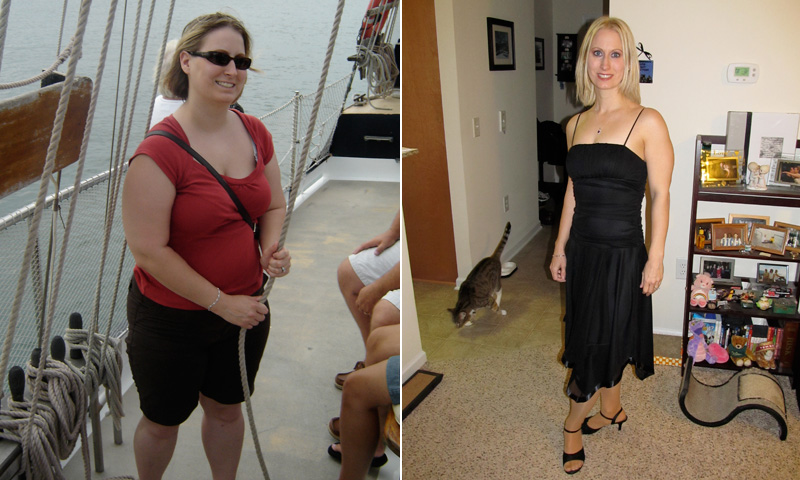Pills and diet plans promising to help shed pounds in days have made the weight-loss industry a more than $62-billion-a-year
Several companies, however, promise their products will help you slip into that little black dress. And consumers seem as eager as ever to reach deep into their wallets for a quick, easy fix.
The FDA -- which just approved two new diet pills this summer for the first time in 13 years, Qsymia and Belviq -- tries to warn consumers against dangerous products by updating its list of "tainted" weight-loss supplements, meaning it has identified hidden active ingredients, and the Federal Trade Commission looks for misleading and false advertising. But with the number of new products that hit markets, officials say they find it difficult to keep up.
"These products don't require any pre-approval, and the government lacks the resources to look at more than a handful of them," said the FTC's Richard Cleland. "One of the problems is consumers assume these products wouldn't be out in the marketplace unless the FDA or FTC had approved the product, and that's just not the case."
Some companies create fake news sites with reviews of their products that they can link to on their Web sites, Cleland said.
"The most dangerous thing is the consumer is going to think the
Some of the latest fads:
Radiofrequency waves. LipoTron 3000, ringing in at up to $85,000, is a device that's part of the larger Lipo-Ex program and uses radiofrequency waves to target fat cells. It hasn't been approved by the FDA as a weight-loss product, but as a device for pain relief and increased circulation, said Mark Durante of Advanced Aesthetic Concepts, the distributor of the product. Three medical spas reached by USA TODAY, including Tampa's Signature Medical Spa, Chicago's Sculpt Medical Spa and New Jersey's Baxt CosMedical, said the device was a non-invasive alternative to liposuction.
Super supplements. Consumers are instructed to use HCG Platinum, or "bottled confidence," in conjunction with a diet consisting only of foods from a "healthy foods list." For 30 days, dieters eat mostly lean protein and vegetables and drink two 1 milliliter drops of the supplement, which is sold at about $130 for a two-month supply. Just last month, however, the FDA warned against over-the-counter HCG products and said it issued warning letters with the FTC to companies illegally marketing these products as weight-loss aids.
"Sprinkle" crystals. Sensa is a "sprinkle" diet that doesn't require any change in the foods you eat or ramped-up exercise routines. All you have to do is add the crystals on every dish -- as simply as you would salt and pepper, its Web site boasts, to enhance smell and taste so you feel full sooner. It also points to a six-month study that showed participants lost weight, but there haven't been any studies that determine long-term effects. Sensa sells a "complete" six-month package for $289.
"This is largely, if not entirely, a complete fraud," said physician Sidney Wolfe, director of the health research group at Public Citizen. "There's no scientific evidence." In an e-mailed statement, the company said, "Sensa works for people who use it on all the foods they eat. The system is simple, but you must do your part."
What does all this mean for those desperately seeking a solution? "Popping pills or taking something because it's aggressively marketed doesn't mean it's effective or safe," said Barbara Brooks, a senior partner of the Strategy Group. "A certain amount of onus is put on the consumer."



